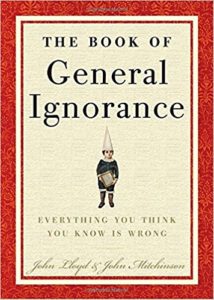Business Blogs – Inviting Buyers into Your Own Walled Garden

“Perhaps the world has moved past the idea of merely having a webpage that’s your own, and nobody else’s. Perhaps we’re expected to do everything, instead, on social media or in someone else’s walled garden,” muses Ernie Smith, editor of Tedium, in response to the question “Is blogging dead?” Maybe, when blogging was on the rise, Smith says, we needed an onramp to the information superhighway, a starting place in a culture where many people chose to both consume and create in equal measures. Smith prefers to think that blogging is very much still alive, but that we’re not using that term to describe our actions.
“There will always be a market for good content,” says “Redditor” William Pitcher. “What is gone are the days you could post what sandwich you had for lunch and have people read it because of the novelty.”
What about the studies showing that as many as 60% of social links are shared without ever being clicked? The truth is, you still need those blog posts for the audience that does read and does care, says Dave Choate of rakacreative.com.
“Think about it: if you have a website and are putting out content on it, you are blogging,” says Gary Vaynerchuk. Blogging has simply morphed into a much broader category in which the attention graph has shifted. Social networks are where you meet readers to direct them to your blog page. Don’t abandon the traditional blogging format, Vaynerchuk advises; instead test like crazy on social media to get people to click over to the website content.
Personal blogs offer something that social sites will never have, Vaynerchuk says – the fact is that you control the platform; you decide the amount and frequency of content output. In a world of “rented:” social media space, that’s valuable, he explains.
As a freelance copywriter providing corporate blogging training, I’m finding the same thing. Businesses are continuing – and more are beginning – to use blogs to get their message out to business buyers. The concept is the same as for personal blogs – bring readers to your website in order to convert them into buyers.
In the early days of Say It For You, I remember, Seth Godin was writing about cat blogs, boss blogs, and viral blogs. The “cats” were personal and idiosyncratic. The boss blogs were written to share ideas with team members. It was the viral blog category my professional ghost writing business was designed to serve. What each of my business clients is interested in remains the same: spreading the word about what they know, what they know how to do, and what they sell. In other words, I help invite buyers into my clients’ very own walled gardens!





Follow us online!